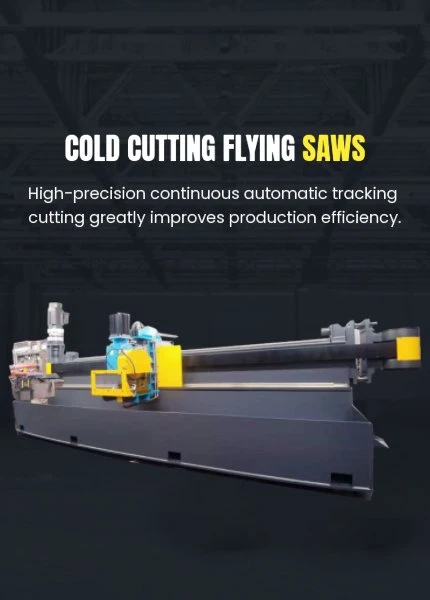Techniques and Best Practices for Welding Natural Gas Pipelines Safely and Efficiently
Natural Gas Pipeline Welding Techniques, Safety, and Importance
Natural gas is one of the most important energy sources in the world today, powering homes, industries, and vehicles. To transport this essential resource efficiently and safely, extensive networks of pipelines are constructed underground and above ground. One of the critical aspects of pipeline construction and maintenance is welding, which is essential for creating strong, leak-proof joints that ensure the safe delivery of natural gas from production sites to consumers.
The Importance of Pipeline Welding
Welding in natural gas pipelines is crucial because it forms the backbone of the pipeline's integrity. The quality of the welds directly affects the pipeline's ability to withstand internal pressures and external environmental factors. Poorly executed welds can lead to leaks, which can cause environmental hazards, economic losses, and pose risks to public safety. Consequently, ensuring high welding standards is fundamental to maintaining the operational reliability of natural gas pipelines.
Welding Techniques
Several welding techniques can be employed in the construction of natural gas pipelines, with the most common being SMAW (Shielded Metal Arc Welding), GTAW (Gas Tungsten Arc Welding), and GMAW (Gas Metal Arc Welding).
1. Shielded Metal Arc Welding (SMAW) This is one of the most widely used welding methods for pipeline work due to its versatility and effectiveness in various environments. SMAW utilizes a consumable electrode coated with flux to lay the weld. The process is favored for its portability and simplicity, making it suitable for fieldwork.
natural gas pipe welding

2. Gas Tungsten Arc Welding (GTAW) Also known as TIG (Tungsten Inert Gas) welding, GTAW is preferred for its ability to produce high-quality, precise welds. This method uses a non-consumable tungsten electrode and an inert gas (usually argon) to shield the weld area from contamination. While it is slower and requires more skill than SMAW, GTAW is often used in situations requiring high aesthetic standards and weld integrity.
3. Gas Metal Arc Welding (GMAW) Known as MIG (Metal Inert Gas) welding, GMAW is another common technique that employs a continuous feeding wire electrode and an inert gas shield. This process is faster than SMAW and is commonly used for larger, industrial pipelines where speed and efficiency are critical.
Safety Measures and Regulations
The welding of natural gas pipelines involves significant safety risks, including the danger of explosions and exposure to hazardous materials. To mitigate these risks, strict regulations govern welding processes in the pipeline industry. Welders are required to undergo rigorous training and certification to ensure they have the skills and knowledge necessary to perform high-quality work safely.
Additionally, before any welding begins, a thorough inspection of the pipeline materials and welding equipment is conducted to identify any potential hazards. After the welding is completed, the welds are subject to stringent non-destructive testing methods, such as ultrasonic testing, radiographic testing, or magnetic particle testing, to verify their integrity.
Conclusion
In conclusion, the welding of natural gas pipelines is a critical process that ensures the safe and efficient transport of one of the world's primary energy sources. The choice of welding technique can impact the quality and safety of the pipeline, making it crucial for welders to apply proper methods and adhere to rigorous safety standards. As the demand for natural gas continues to rise, the importance of skilled welding in pipeline construction and maintenance will only increase, highlighting the need for ongoing training, quality assurance, and adherence to best practices within the industry. As such, welding remains not just a technical process but a vital component of our energy infrastructure, responsible for delivering natural gas safely to millions of consumers worldwide.
-
High Frequency Straight Seam Welded Pipe Production Line-BzZhou Xinghua Machinery Equipment Manufacturing Co., LTD.|Precision Welding, High EfficiencyNewsJul.30,2025
-
High Frequency Straight Seam Welded Pipe Production Line|BzZhou Xinghua|Precision Welding&EfficiencyNewsJul.30,2025
-
High Frequency Straight Seam Welded Pipe Production Line - BzZhou Xinghua|Precision Engineering&EfficiencyNewsJul.30,2025
-
High-Frequency Straight Seam Welded Pipe Production Line-BzZhou Xinghua Machinery Equipment Manufacturing Co., LTD.NewsJul.30,2025
-
High-Frequency Straight Seam Welded Pipe Production Line-BzZhou Xinghua Machinery Equipment Manufacturing Co., LTD.|Precision Manufacturing, High EfficiencyNewsJul.30,2025
-
High Frequency Straight Seam Welded Pipe Production Line-BzZhou Xinghua Machinery Equipment Manufacturing Co., LTD.|Precision Steel Pipe Manufacturing&Industrial EfficiencyNewsJul.29,2025


